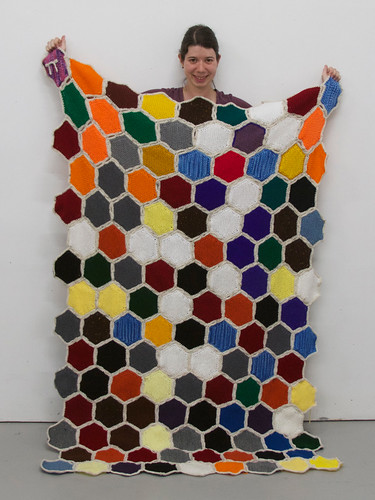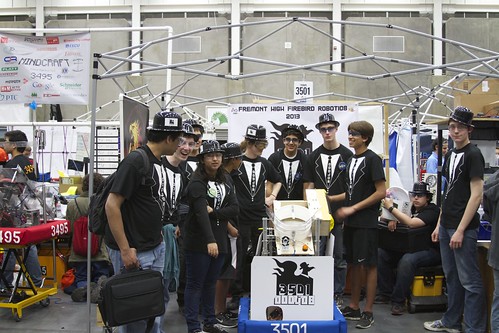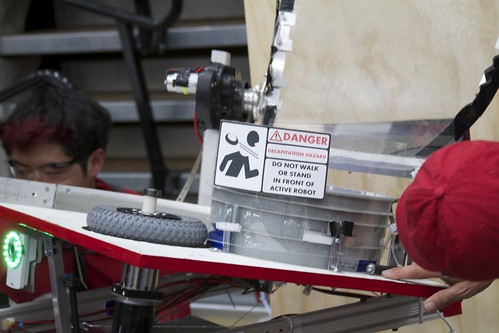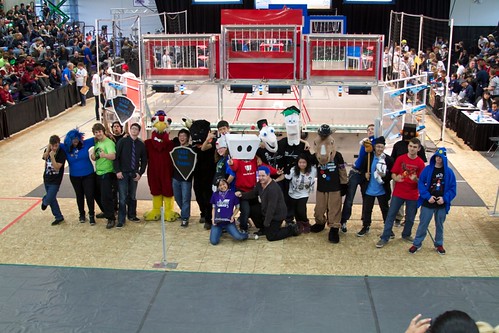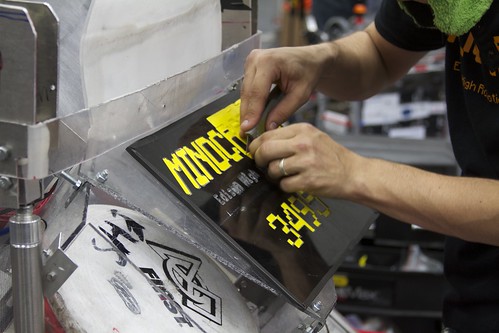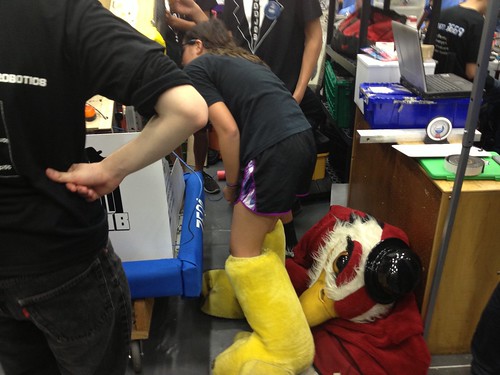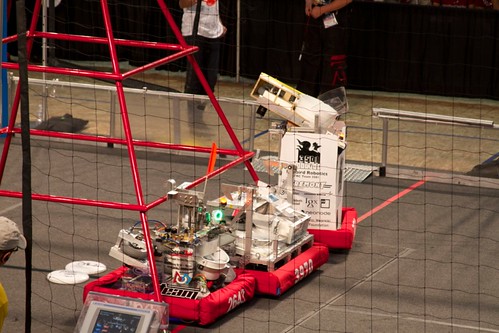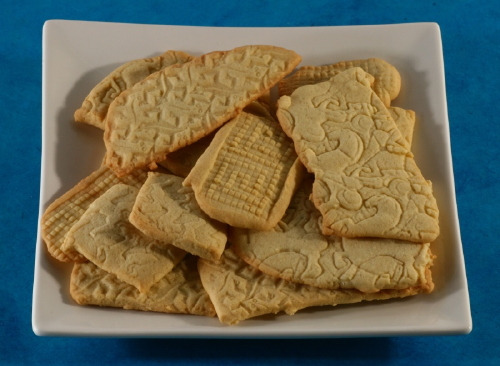We have been visiting the Exploratorium in San Francisco again and again since we were teenagers in the early ’90s. And with good cause: The Exploratorium is an unparalleled museum of hands-on science, art, perception, and exploration. It’s not a children’s museum (although it is an amazing place to take children), nor is it a place where you admire giant fossilized skeletons, nor one of those museums that always seems to have a traveling exhibit with a name like “The Science of Jersey Shore.”
Instead, it’s a place full of simple, often-amazing yet not-too-flashy exhibits that (for the most part) you play with to learn about various phenomena. For example, at the Floating in Copper exhibit, you can get a feel for the un-earthly effects that strong magnets have in the presence of a large block of nonmagnetic, highly-conductive material. It’s one thing to read about eddy currents in an article; it’s quite another to release a chunk of metal in mid-air, only to find that it floats down to rest, more gently than a dandelion seed. You may have seen this exact exhibit at other museums (here, for example)— and if so, that’s quite likely because the Exploratorium makes many copies of its exhibits for other museums and publishes plans for others to make their own.
Since moving to the Bay Area in 2005 and starting the Evil Mad Scientist Laboratories blog, we’ve also been honored to present some of our own projects at Exploratorium events over the past few years, including the CandyFab, a Bristlebot workshop at the first Young Makers event, and some of our clock projects at the Open Make event on the theme of “Time.”

Photo by Scott Beale / Laughing Squid under CC BY-NC-ND license.

Photo by Scott Beale / Laughing Squid under CC BY-NC license
The Exploratorium has, since its founding in 1969, been located in the exhibit hall of the the Palace of Fine Arts— a huge arc of a building left over from the 1915 Worlds Fair, located in the Marina district of San Francisco, as pictured above. As the name implies, the building was designed to be a museum and was a remarkably suitable home for the Exploratorium. However, a few years ago, it came out in the news that they would be moving out of the Palace of Fine Arts, and into a space on one of the San Francisco Piers. Of course, our hearts sank at hearing this, as we could not imagine any more perfect place for the Exploratorium. Nor could we imagine that they could possibly find a place as large and welcoming anywhere else in San Francisco. We were also worried about parking, as the Palace of Fine Arts was blessed with its own parking lots, a rarity in San Francisco.
We were wrong.
The new location at Piers 15 and 17 on the San Francisco Embarcadero is right between the Ferry Building and Fisherman’s Wharf, in the shadow of the Bay Bridge. A huge advantage of the new location is that it is much easier to get to by public transport than the Palace of Fine Arts was. There’s a MUNI train stop, and it’s just a few blocks from BART and the other public transportation that already comes to the Ferry Building.
There are also plenty of nearby parking garages and lots. We had no problem finding an inexpensive lot to park in for the day, and now taking the train is an option for us.
The new location is much bigger: there is three times as much space. This view is looking down one of the corridors, from the location pictured previously. The museum is packed with exhibits as far as the eye can see.
All of the spaces are well designed, and extremely good looking, taking advantage of the abundant natural light.
There are many large open areas, as well as cozy corners and nooks. The Tactile Dome is being rebuilt on a larger scale (in a space with a higher ceiling than this) and will be opening this summer.
Activity in the new bio labs is visible through large windows. In neighboring spaces, we saw them growing continuous replacement plants for the touchable plant exhibits and various organisms for people to look at under the microscopes.
The new location has the same spirit, and despite our expectations, still feels like the Exploratorium. The workshop is just as prominent as before, and still out in the open so that visitors can see new exhibits in progress and old ones being repaired.
Our old favorites on electricity and magnetism (like Daisy Dyno) felt right at home, and were as popular as ever.
The acoustics are much more friendly, making conversations and discussions much more enjoyable.
The one new building on the pier is the Bay Observatory, which has stunning views as well as brand new exhibits on bay topics such as geology, geography and tides. Above is a 3D tide table with the tides for each day represented by a the shape of each piece of plastic marked with the time and lunar information.
Since this was an early preview, many exhibits are still in progress or yet to be installed. This outdoor space between Piers 15 and 17 will be opening soon and the museum plans to eventually develop additional space on Pier 17.
Congratulations to the Exploratorium on such a successful move and wonderful new home!
The museum will be opening to the public on April 17, and tickets will be available online soon. There are additional member previews coming up on April 6 and 9 as well— check the calendar for details and other upcoming events.




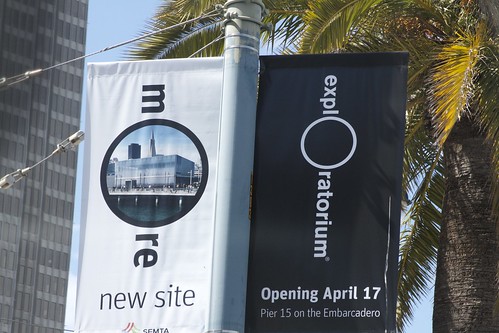
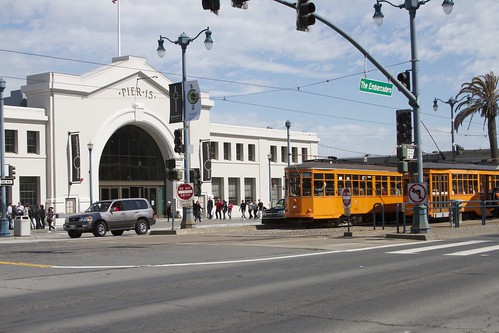
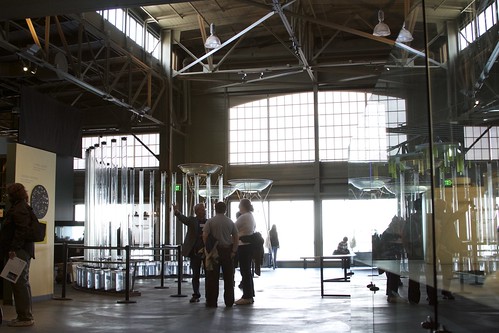
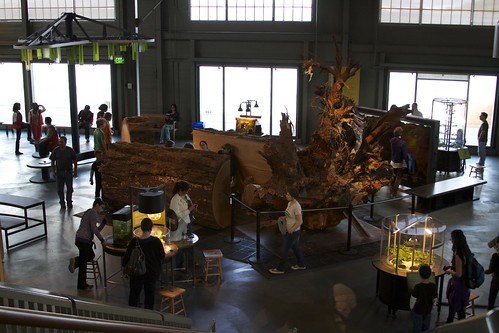
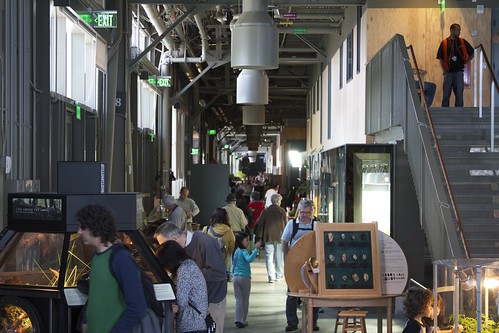
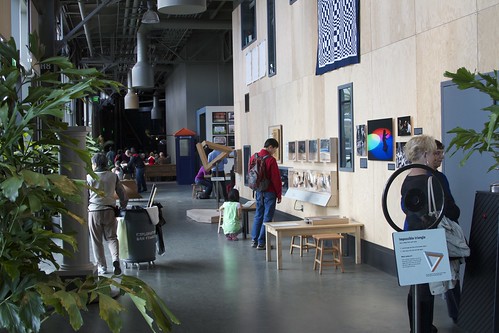
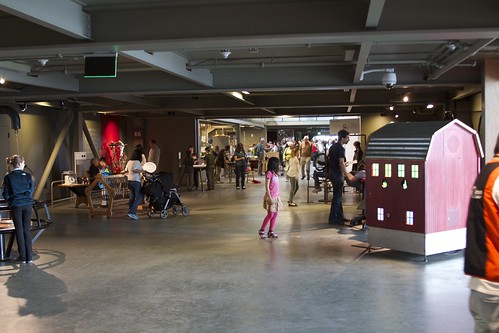
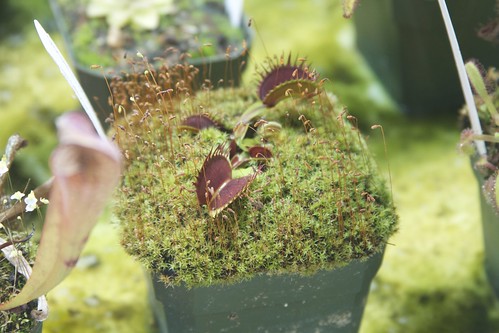

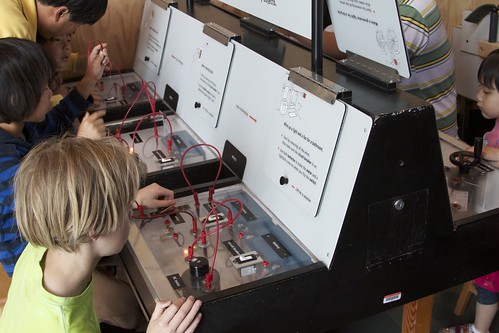
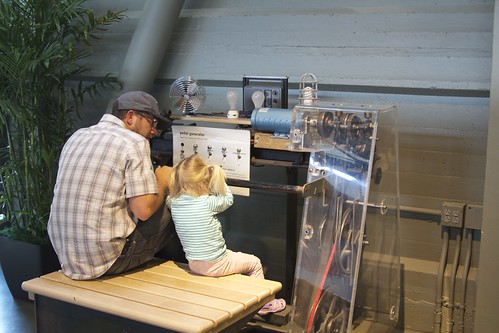

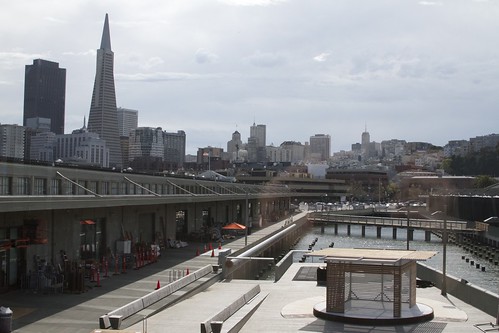





_cropped.jpg)









